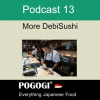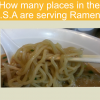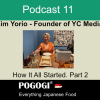Okinawan Food And Cuisine 101

Okinawan cuisine is very different from mainstream Japanese cuisine. While rice is adopted as a staple, the local food prepared is also completely different. The Ryukyu Kingdom, which is forbearer to Okinawa, gathered quite a lot of its culinary disciplines and designs from the China and other Asian trading nations of the world including Thailand and Korea.
How is food in Okinawa different from the mainstream food of Japan?
In the cuisines of Okinawa, there’s an unexpected disregard for fish and other sea foods. Pork is the most loved food here, and it is eaten from top-to-tail, including even the ears (mimiga). Pork has existed from the time the Chinese introduced it in the 14th century. The pork served in Okinawan cuisines is always slow cooked to maintain its tenderness and to eliminate the fat. Below is a platter of pork strips or bacon, with a dipping sauce(mixture of mirin, mustard and other unknown ingredients).
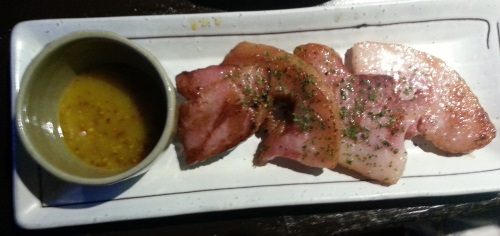
Unlike the mainstream food of Japan, Okinawan cooking has vegetables as its staples. Most of the vegetables involved, such as bitter melon and mugwort, are not part of the mainstream cooking in Japan.
With that said, here are some of the most popular delicacies of Okinawa:
Goya champuru
You can’t talk about Okinawan food without mentioning Okinawa’s unique dish, Goya champuru. Locals prepare this dish in many different ways. It can be deep-fried like tempura, thinly sliced and thrown in salads or pickled for use as a side dish. Goya is full of Vitamin C, making it terribly sour when consumed raw. You’ll often find it served with tuna or scrambled eggs.
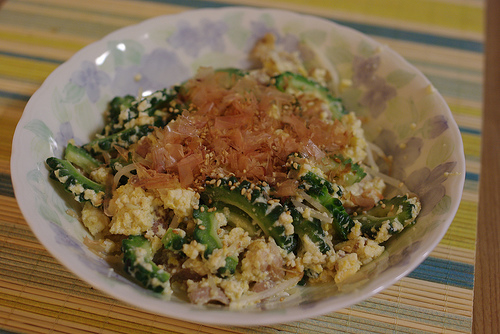
 by pelican
by pelican
Rafute
Rafute, which is made up of succulent pieces of pork’s belly area simmered in soy sauce and glazed with brown sugar, definitely has a mass appeal. The dish was invented in China, but can be easily found in places like Okinawa and other Asian countries.
Okinawa soba
With bonito fish flakes and konbu (kelp) swimming in the clear broth of pork, Okinawa soba noodles are slightly chewy.
Taco rice
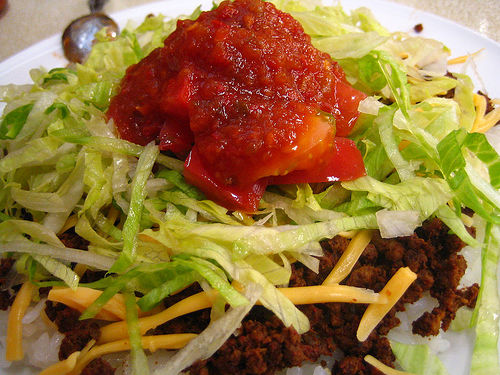
 by ayustety
by ayustety
Visitors often find themselves perplexed by the taco rice -- a bowl of salsa, cheese and spiced ground beef served on top of white rice. Just consider it Okinawa’s reply to the West’s taco salad.
Umi budo
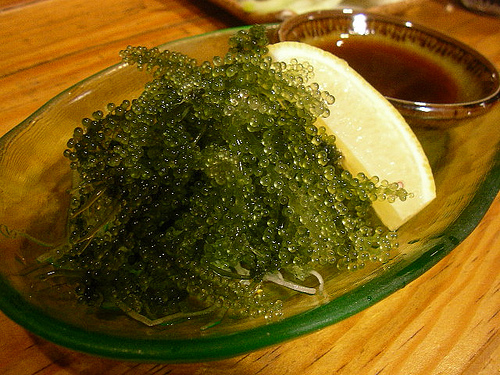
 by jetalone
by jetalone
As suggested by the name umi budo (sea grapes), these fine seaweed clusters resemble small bunches of grapes. Their texture is really a wonder. Offered with a spicy ponzu dipping marinade, the jewel-toned bubbles often pop in your mouth like a caviar.
Tempura
Okinawans have adopted this Japanese main course wholeheartedly. Using local ingredients like sweet potatoes and goya instead of prawns, this dish is generally served with eggplant and mushrooms.
Sata andagi
Almost all of us love donuts. Rather than being fluffy with deep brown crust covering a cakey center, Sata andagi is more a heavyweight cruller.

While it is impossible to define every kind of food available in Okinawan cuisines, its intriguing and bold features will make you fall in love with this food-specially when coupled with a glass of awamori or Orion beer, the area’s indigenous liquor.
donut image:http://commons.wikimedia.org/wiki/User:Yatobi


